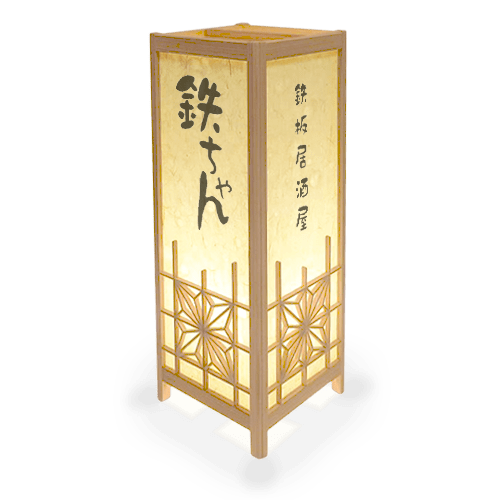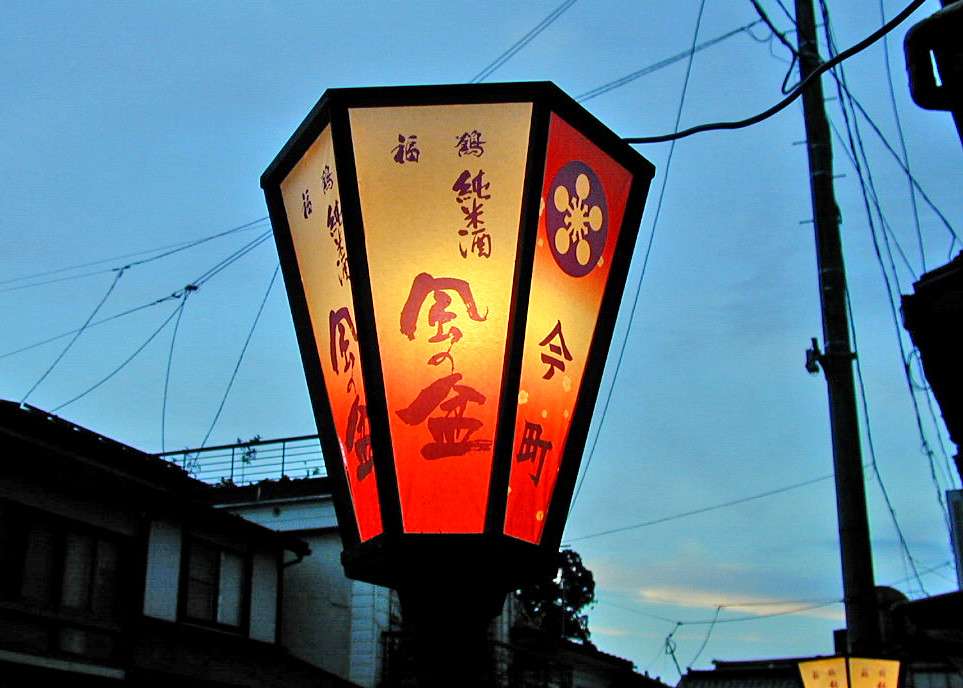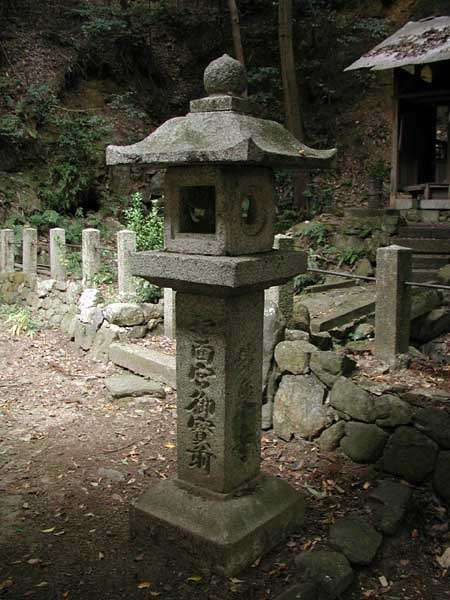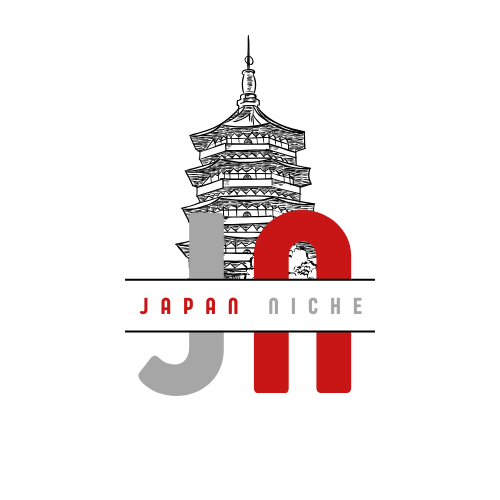During my first visit to the Japanese festival I was like “Whoa, those are pretty”? Those lanterns just changed the whole ambiance of that festival. Ever since then, I have been obsessed with Japanese lanterns. Japanese lanterns, known as toro, are more than just sources of light; they’re cultural icons steeped in history and symbolism. These illuminators have graced temples, homes, and festivals for centuries. Let’s explore their types, uses, and how you can incorporate their beauty into your place.
Andon (行灯): Indoor Light

The andon, with its wooden frame and paper panels, is the quintessential indoor lantern. Appearing as early as the Heian period (794-1185), they were fueled by candlelight or oil-soaked wicks, providing a warm and inviting glow in homes. These lanterns were not just functional but also served as a source of artistic expression. Skilled artisans would decorate the paper with intricate calligraphy or paintings, sometimes depicting scenes from nature or mythology.
Andon comes in various shapes and sizes, with rectangular and hexagonal frames being the most common. The paper, often made from delicate and translucent washi (Japanese paper), could be plain or adorned with calligraphy, paintings, or even family crests. These decorations offered a glimpse into the homeowner’s personality or social status.
While electric lights have replaced andon for everyday use, they remain popular decorative pieces. An andon with a beautifully designed paper shade adds a touch of Japanese elegance to a living room or bedroom. The soft, diffused light they emit creates a calming and inviting atmosphere, perfect for unwinding after a long day.
Bonbori (雪洞): Glowing Paths and Serene Ambiance

The bonbori lantern, believed to have originated in the Muromachi period (1336-1573), is known for its soft, diffused light. Traditionally made from bamboo frames covered with shoji paper (translucent paper), they were used outdoors to illuminate paths leading to temples and shrines. These lanterns are said to have played a role in the development of Japanese gardens, as their gentle light helped to create a sense of tranquility and harmony with nature.
Bonbori are cylindrical or hexagonal lanterns with a simple yet elegant design. The paper allows the light source, usually a candle, to cast a gentle glow, creating a peaceful atmosphere. The delicate paper and the warm light they emit are a perfect embodiment of the Japanese aesthetic of wabi-sabi, which celebrates the beauty of imperfection and impermanence.
Use Today: Bonbori lanterns are perfect for adding a touch of serenity to a garden or patio. They can line pathways, be placed around ponds, or hung from trees, creating a magical ambiance that is both beautiful and inviting. Imagine strolling through a garden illuminated by a string of bonbori lanterns, the soft light casting dancing shadows on the leaves and creating a truly immersive experience.
Chochin (提灯): Portable Light for Adventures and Celebrations

The chōchin, with its collapsible paper shade and bamboo frame, emerged during the Muromachi period. These portable lanterns were used by travelers, samurai, and commoners alike for nighttime navigation. It was also used in temples. in modern days it is mostly used in shrines and festivals. They were essential for venturing out after dark, providing a reliable source of light on journeys, patrols, or simply walking home after nightfall.
Chōchin lanterns are typically round or hexagonal, with paper stretched over a collapsible bamboo frame. This design made them practical and easy to carry, as they could be folded up and stored when not in use. Traditionally lit by candles or oil lamps, they often displayed family crests or symbols, serving as a form of identification in the darkness.
Chōchin lanterns are a beautiful decorative element for a themed party or special occasion. They can be hung around a venue or even carried by guests, adding a touch of tradition and ambiance to the celebration. Chōchin lanterns are also a fun option for nighttime walks or camping trips, adding a touch of history and cultural flair to your outdoor adventure. Imagine lighting your way through a forest path with a chōchin lantern, the warm glow illuminating the natural world around you.
Toro (灯籠): The Grand Guardians of Temples and Shrine

The tōrō, the granddaddy of Japanese lanterns, has roots dating back to the Asuka period (538-710). Originally influenced by Chinese styles, they were used to illuminate temple grounds and symbolize the Buddhist concept of enlightenment. Tōrō represented the dispelling of darkness and the guiding light of Buddha’s teachings.
Tōrō are typically made of stone or bronze and come in various styles. The most common is the Kasuga-dōrō, a stone lantern with a tall pillar, a roof-like structure, and a box-shaped body to hold the light source. These lanterns were often placed in rows or along paths leading to temples, creating a sense of procession and grandeur.
Tōrō lanterns, while not practical for everyday use, can be stunning additions to a large garden or landscape design. They add a sense of history and grandeur to the space, while also serving as a focal point or conversation starter. A well-placed tōrō lantern can transport you to a bygone era and create a serene atmosphere for meditation or reflection.








